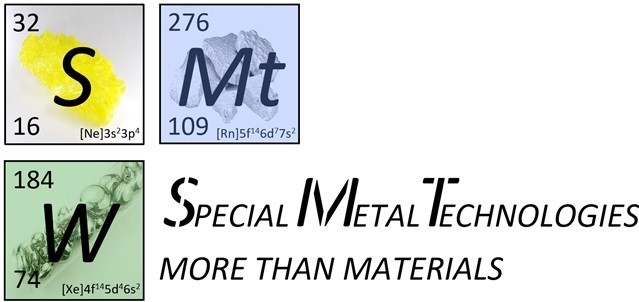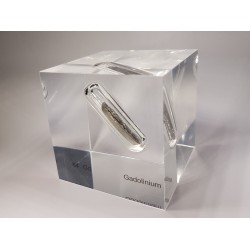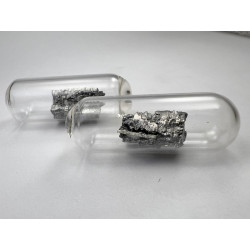- Shop
- Acrylic cubes
-
Elements
- Hydrogen
- Helium
- Lithium
- Beryllium
- Boron
- Carbon
- Nitrogen
- Oxygen
- Fluorine
- Neon
- Sodium
- Magnesium
- Aluminium
- Silicon
- Phosphorus
- Sulfur
- Chlorine
- Argon
- Potassium
- Calcium
- Scandium
- Titanium
- Vanadium
- Chromium
- Manganese
- Iron
- Cobalt
- Nickel
- Copper
- Zinc
- Gallium
- Germanium
- Arsenic
- Selenium
- Bromine
- Krypton
- Rubidium
- Strontium
- Yttrium
- Zirconium
- Niobium
- Molybdenum
- Technetium
- Ruthenium
- Rhodium
- Palladium
- Silver
- Cadmium
- Indium
- Tin
- Antimony
- Tellurium
- Iodine
- Xenon
- Cesium
- Barium
- Lanthanum
- Cerium
- Praseodymium
- Neodymium
- Promethium
- Samarium
- Europium
- Gadolinium
- Terbium
- Dysprosium
- Holmium
- Erbium
- Thulium
- Ytterbium
- Lutetium
- Hafnium
- Tantalum
- Tungsten
- Rhenium
- Osmium
- Iridium
- Platinum
- Gold
- Mercury
- Thallium
- Lead
- Bismuth
- Polonium
- Astatine
- Radon
- Francium
- Radium
- Actinium
- Thorium
- Protactinium
- Uranium
- Neptunium
- Plutonium
- Americium
- Curium
- Berkelium
- Californium
- Einsteinium
- Fermium
- Mendelewium
- Nobelium
- Lawrencium
- Rutherfordium
- Dubnium
- Seaborgium
- Bohrium
- Hassium
- Meitnerium
- Darmstadtium
- Roentgenium
- Copernicium
- Nihonium
- Flerovium
- Moscovium
- Livermorium
- Tennessine
- Oganesson
- Buch
- References
- Periodic Tables
- Metalle Wimmer
- Metametals
Gadolinium
Gadolinium, with the chemical symbol Gd and atomic number 64, was discovered in 1880 by Swiss chemist Jean Charles Galissard de Marignac. It was isolated from yttrium oxide contaminated with terbium, erbium, and yttrium. The name "Gadolinium" honors Finnish chemist Johan Gadolin.
Gadolinium is not particularly abundant on Earth, constituting approximately 0.0005% of the Earth's crust. It is found in minerals such as monazite and bastnäsite. Gadolinium is a silvery-white metal known for its reactivity in water.
Exciting applications of gadolinium lie in medicine and technology. Gadolinium compounds are used as contrast agents in magnetic resonance imaging (MRI) to enhance tissue visibility. In the future, potential applications may emerge in nuclear energy and environmental technology. Research is focused on how gadolinium can be utilized in advanced materials and technologies for water treatment. The unique magnetic and absorptive properties of gadolinium make it a promising candidate for future developments in medical imaging and environmental technologies.
There are 2 products.
Active filters


